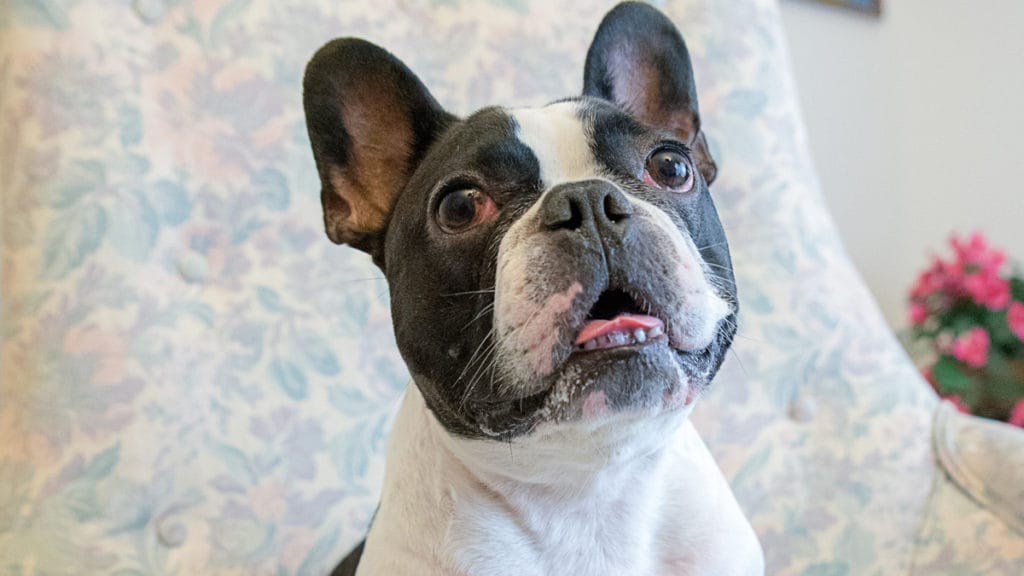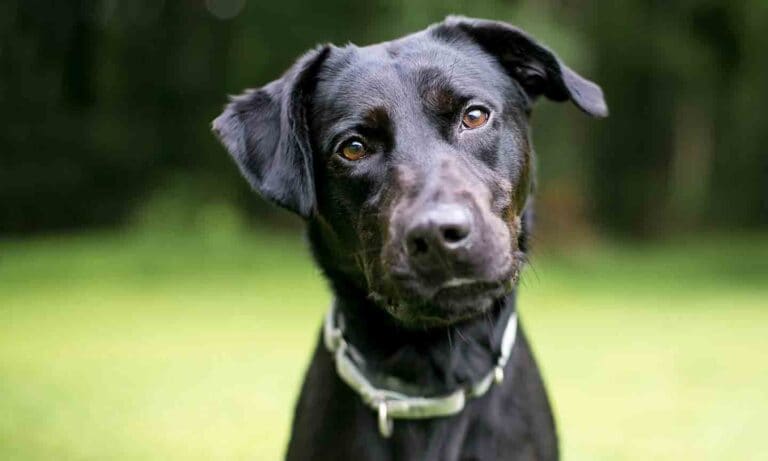Is Anesthesia Safe for Flat-Faced Dogs?
There is much speculation among the pet community regarding the risks of putting flat-faced dogs (brachycephalic dogs, like Pugs and Shih Tzus) under anesthesia. If you want to find out how much truth there is to this common claim, check out these facts:
True or False? Brachycephalic dogs are more sensitive to certain anesthetic drugs than other breeds.
False! There are no studies that show that flat-faced dogs with brachycephaly are more sensitive to anesthetic drugs than any other dog breed. There is only one breed of dog that has an anesthetic sensitivity that has been demonstrated by scientific evidence: the Greyhound.
Natural breeding and a large variety of dog breeds means that veterinarians see a lot of diversity in their patients. It is not uncommon to have to anesthetize a 3-pound Chihuahua and a 150-pound Bull Mastiff in the same day. And since the same dog anesthesia is used for the majority of these patients, the drugs that veterinarians use have to be safe for an array of different types of dogs. The good news is that these anesthetic drugs are FDA labeled to be safe for most dogs, including brachycephalic dogs, when used properly. Most anesthesia drugs are safe for all patients unless they have a specific disease that affects them under anesthesia, such as cardiac disease, kidney disease or a rare allergy/sensitivity.
The other good news is that brachycephalic dogs are extraordinarily popular with people—it’s probably due to their cute smooshed faces. That means that your average veterinarian likely sees a lot of patients with brachycephaly, and is very comfortable and experienced in anesthetizing flat-faced dogs.
True or False? Anesthesia is more dangerous to brachycephalic breeds than dental disease.
False! In 15 years of clinical practice, I have met a lot of well-intentioned owners that resisted scheduling dental work for their short-nosed dog because they were too scared of anesthesia. That meant that these dogs went on to suffer needlessly with chronic pain and infection due to dental disease.
Dental disease is not only painful, but it leads to bacterial showers entering the bloodstream through infected gums. This can cause increased wear and tear on the internal organs—most noticeably the heart and the kidneys. Untreated dental disease shortens both the quality and length of life for our pets.
What I know now is that the fear of anesthesia during anesthetic procedures is largely unfounded. Every day, there are thousands of dogs and cats that safely undergo anesthesia to get the dental care they need. Veterinary nurses are better trained than ever to monitor anesthesia, and monitoring equipment and anesthetic drugs are state-of-the-art in many hospitals. Anesthesia is made safer by the fact that animals are examined before anesthesia, and they have their blood tested to ensure that they can metabolize the drugs before they are given one drop of any sedative or anesthetic drug.
You should always feel comfortable about what is done with your pets. If you are still wondering if anesthesia is safe for brachycephalic dogs, then talk to your veterinarian. If he or she is not fully willing to address your concerns, then maybe it is time to get a second opinion from another veterinarian.
True or False? Anesthesia-free dental procedures are a good alternative to a full dental treatment under general anesthesia.
False! While anesthesia-free dental procedures may seem attractive because of the lower cost and the lack of anesthesia, I believe they are largely detrimental to your pet’s health.
While anesthesia-free dental procedures remove tartar from above the gumline, they don’t address problems below the gumline. What you are paying for is basically a teeth-whitening treatment, and only on the outside of the teeth. There is very little health benefit, if any.
The pet also does not receive a dental exam during anesthesia-free dental procedure, or dental radiographs. This can cause huge problems because the cleaning gives the pet owner the false sense of security that her pet’s teeth are healthy, which means any problems go undiagnosed. Down the line, this can cause bigger problems such as pain, infection and tooth loss. As you know, brachycephalic dogs have short noses, and their teeth are located very close to their nose and eyes. Brachycephalic dogs also have breathing problems, which could be exacerbated by dental disease.
Anesthesia-free dental procedures are scary. Unlike humans, we can’t explain to our patients, “Ah!” During the procedure, someone has to hold you down and pry your lips and teeth open. A dog doesn’t understand or appreciate what is happening, and it’s scary! Anesthesia-free dental procedures are a terrible idea for any dog, but especially brachycephalic dogs.
True or False? The most dangerous time for brachycephalic dogs is when they are waking up from anesthesia.
True! While flat-faced dogs are not more sensitive to anesthesia, they do have some anatomical considerations that come into play before, during and, most importantly, after anesthesia. Brachycephalic dogs often have the following anatomic abnormalities: narrowed nostrils, an elongated, soft palate, and a tiny trachea. They must be monitored closely when they are sedated without an endotracheal tube (breathing tube) down their throat, because these anatomic changes can block the airway.
It is very important to maintain open airways at all times. Monitoring and recovering short-nosed dogs after anesthesia requires constant vigilance from the nursing staff to make sure the patient is breathing well at all times until they are fully alert. If you are concerned about your flat-faced dog undergoing anesthesia, don’t be afraid to ask if your dog will be fully monitored by a trained veterinary nurse until he or she is fully recovered.
Share:









